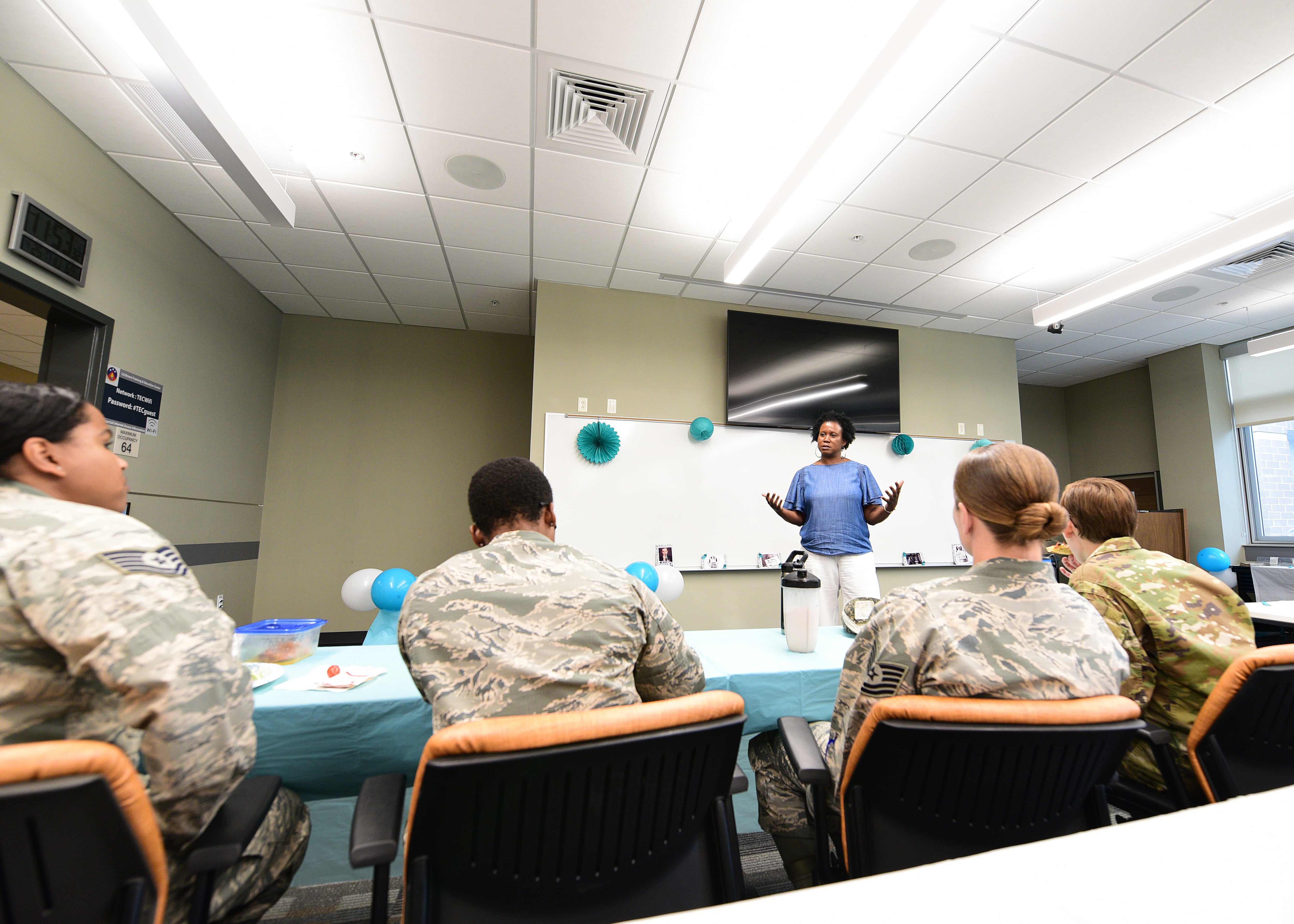Experts have long said that the key to preventing sexual assault in the military lies with leaders, and leaders have echoed that claim, adamant that good order and discipline hinges on their ability to call the shots in their formations. But the results are in, via 300-page report: They largely don’t know what they’re doing.
With that in mind, the Pentagon’s independent review commission, which authored the report, has a host of solutions. Most include embedding experienced, professional prevention and response experts into units, to not only develop local SAPR programs, but to take the lead on response.
The commission met with leaders who resoundingly said that the key to stamping out sexual assault in the military is preventing it, commission chair Lynn Rosenthal told reporters on Friday. “But they don’t really know what prevention is or how it’s different from response.”
Victim advocates and response coordinators are available at every unit, but they are often service members with limited training performing a collateral duty. Where possible, the report recommends, there should be professionals in those positions, with collateral duty limited to austere, deployed environments.
A contingent of masters-level experts in public health, social science and behavioral health would go a long way to helping commanders prevent and confront sexual misconduct, according to the report, but they would have to be removed from the chain of command, so as to be able to operate independently from an officer and his or her priorities.
Commanders, Rosenthal said, just don’t have the training or experience to handle responses appropriately. And, she told Military Times, she’s confident that they would welcome the help when it comes to implementing their SAPR programs.
“They have very basic questions sometimes, like why did a victim stay in contact with someone who may have assaulted them?” she said. “Why did a victim not want to be transferred? Why did she want to stay, where she felt like maybe she had some support?”
A lack of education on the dynamics of sexual assault, and what’s considered normal behavior for survivors, can cause some commanders to brush off assault allegations as invented, or consensual, based on their own misunderstanding of what makes a credible witness.
“This is why you have to have an experienced workforce to advise commanders, because much of it is not intuitive,” Rosenthal said.
Feedback from the commission’s travels included frustration with commanders who get wrapped around the axle trying to hit every bullet point in a post-report checklist.
“When they step in, then they want to take charge,” she said. “So then they start telling the victim everything that he or she should be doing, and that’s not the right approach either.”
Instead of telling a survivor what comes next, or peppering him or her with all the options, Rosenthal said, commanders would do better to ask a survivor how they’re doing and what they need.
Or, even better, a professional with experience in responding to trauma would take the lead.
It’s critical for commands to have that help, and to get it right, she added, not least of all because suicidal ideation is very common among survivors who feel their cases haven’t been handled with care.
And that’s regardless of whether there were charges or a conviction, she added. Survivors are often just looking for support.
“Every survivor that we talked to who had made an unrestricted report ... told us they regretted it,” she said, either because the appropriate services weren’t made available, or simply because gossip within the unit caused members to pick sides ― often not having the back of the survivor, who then faces ostracism.
On average, 20,000 troops a year are sexually assaulted, Rosenthal said. Of those, 8,000 file some type of report. Of those, 5,000 file an unrestricted, which triggers a criminal investigation. A “tiny fraction” end up with any sort of Uniform Code of Justice action, versus lower-level administration or non-judicial outcomes.
“That chasm, between the scope of the problem and the actions that are taken, mirrors the chasm that we found between what senior leaders say about this problem and what junior enlisted members experience at the unit level,” Rosenthal said.
And while she doesn’t believe hostility is driving commanders’ decisions, she believes a lack of education on the risk factors for sexual assault, and trauma-informed responses to it, has created a level of mismanagement that amounts to acceptance.
“For decades, service leaders have said that there is no tolerance for sexual assault,” she said. “But in practice, all too often, there is nothing but tolerance.”
Defense Secretary Lloyd Austin has endorsed the commission’s report, as has President Joe Biden.
“This kind of violation and trauma should never occur. You have a right to be heard. You have a right to justice,” Biden wrote in a news release Friday. “And for all those in the ranks who have suffered an assault and its after effects in silence, whether because you felt that you would not receive the support you deserve, or because you feared the repercussions for yourself and your career — I hope this announcement offers some reassurance that the Department of Defense leadership stands with you, starting with your Commander in Chief.”
Austin on Friday issued a memo to the department with a first wave of implementation instructions, including his sentiments that he believes the report’s recommendations should be implemented wherever possible.
“Our courage has to match in addressing this issue the courage and tenacity that survivors show every day when they work to rebuild their lives,” Rosenthal said. “That’s what this is all about.”
Meghann Myers is the Pentagon bureau chief at Military Times. She covers operations, policy, personnel, leadership and other issues affecting service members.




